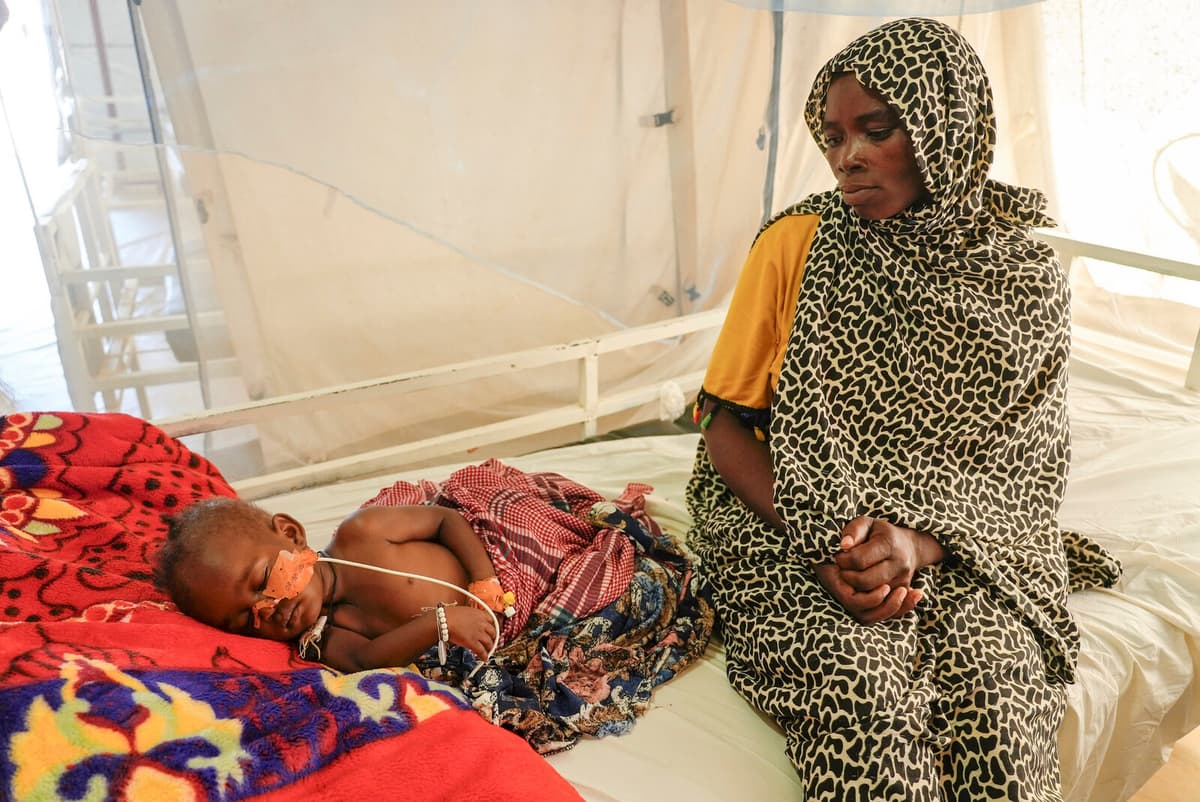According to the report, 8.2 percent of the world's population, approximately 673 million people, experienced hunger last year. This is lower than in 2023 when 8.5 percent were affected.
The largest decrease was noted in South Asia and in Latin America. In Asia, the number of undernourished people decreased from 7.9 to 6.7 percent. Also in Latin America and the Caribbean, the decrease was significant, from 6.1 percent in the peak year 2020 down to 5.1 percent.
Continued difficult situation in Africa
On the other hand, the figures are still a good bit above the level before the global pandemic. In 2017, it was estimated that 7.1 percent of the people on Earth were undernourished.
It is also noted that the situation in Africa and Western Asia is still worrying. Contrary to the global trend, undernutrition and hunger have increased in scope in the two regions. The proportion of people in Africa suffering from undernourishment increased to over 20 percent in 2024. The situation was worst in Somalia, where over half of the population was affected by hunger.
Rising food prices
The FAO points out that the recovery after the pandemic has been slowed down by sharply rising food prices worldwide, an effect of the war in Ukraine and economic difficulties related to the pandemic. In addition, inflation has been worst in low-income countries, up to 30 percent in 2023.
The forecast for the coming years does not look good either. Although the number of hungry people is expected to decrease to 512 million by 2030, about 60 percent of these will be in Africa, where population growth in combination with lack of economic development poses severe obstacles.
Facts: Hunger in the world
TT
Countries with the most hungry people (in percent), according to the FAO. The figures are an average for 2022-2024:
1: Haiti, 54.2 percent.
2: Somalia, 53.2.
3: Madagascar, 39.5.
4: Syria, 39.0.
5: Congo-Kinshasa, 38.5.
Note that there are no current figures from either Sudan or Yemen. They can be expected to be high in both countries.





